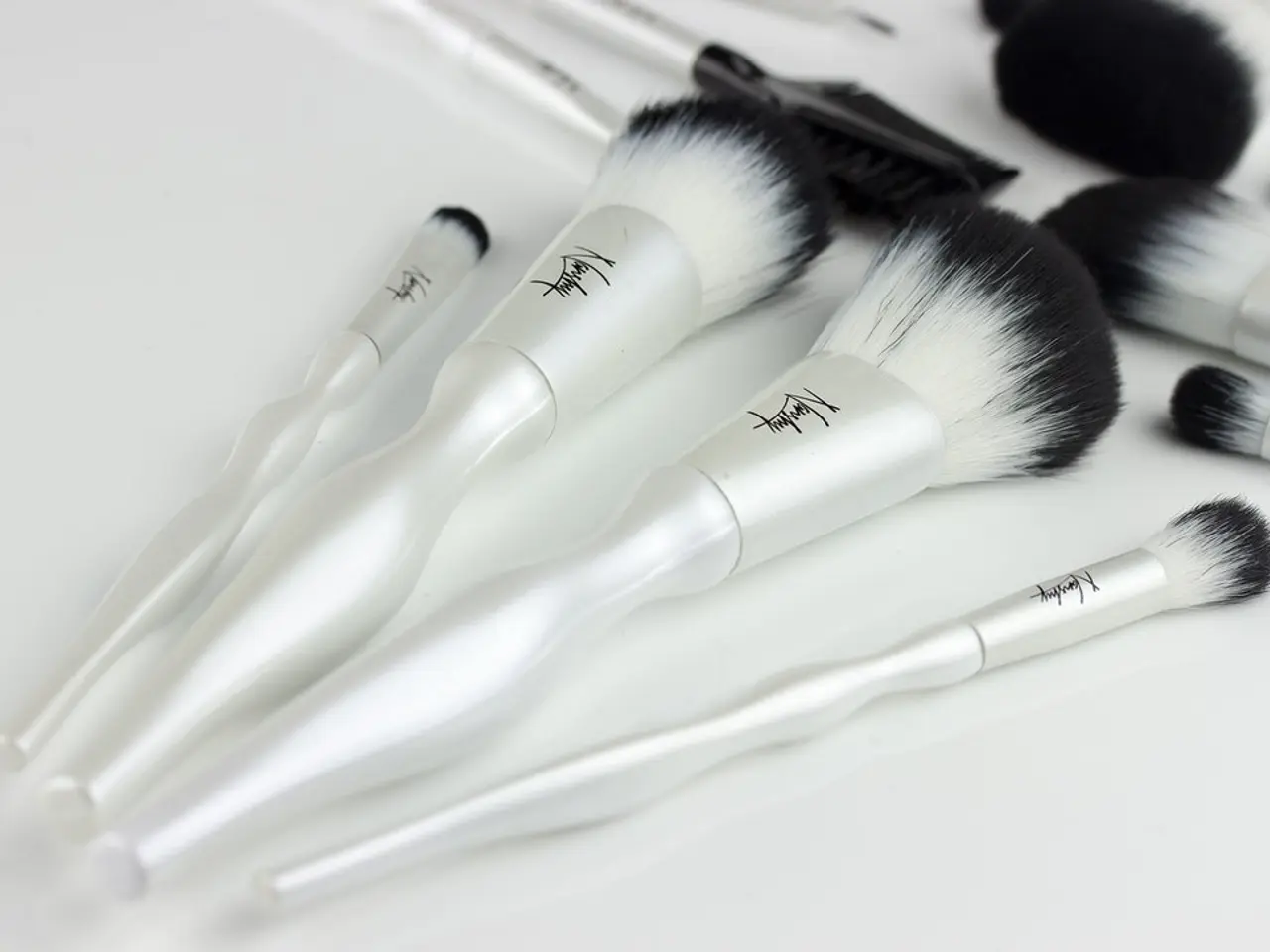Beauty treatment promotions - BGH sets out limits explained
Federal Court of Justice Bans Before-and-After Advertising for Minimally Invasive Cosmetic Treatments
In a landmark ruling, the Federal Court of Justice (BGH) in Karlsruhe has prohibited the advertising of minimally invasive cosmetic treatments with before-and-after pictures, specifically for treatments where Hyaluron is injected into the customer to change the shape or appearance of the nose or chin.
The ruling was in response to a case involving the company Aesthetify, run by the well-known doctors and influencers "Dr. Rick and Dr. Nick". The North Rhine-Westphalia Consumer Center saw this as a violation of the Medicinal Products Advertising Act, which prohibits comparative representations before and after the procedure for "operative plastic surgical interventions" that are not medically necessary.
The BGH ruled that the treatments in question, where an instrument is used to intervene in the human body and change its shape or appearance, are considered operative plastic surgical interventions. This classification is significant because it triggers strict advertising restrictions outside professional medical circles.
The ruling sets a precedent for similar cases involving minimally invasive cosmetic treatments advertised with before-and-after pictures. The Senate at the BGH explained that piercing or tattooing are aesthetic changes to the surface of the skin, and not comparable to minimally invasive cosmetic treatments.
The Consumer Advice Centre NRW believes that before-and-after photos in advertising may lead consumers to overlook the risks of the treatment. The risks associated with minimally invasive cosmetic treatments include bruising, infections, allergic reactions, and embolisms, as listed by Aesthetify on their website.
Wolfgang Schuldzinski, board member of the Consumer Advice Centre, stated that "beauty by injection is not a harmless trend, but a medical procedure - and should not be marketed like a lifestyle product". Henrik Heuveldop ("Dr. Rick") and Dominik Bettray ("Dr. Nick"), the managing directors of Aesthetify, have stated that their company had stopped using before-and-after pictures for some time.
The ruling in Karlsruhe is intended to protect consumers from manipulative advertising and unrealistic beauty promises on social media. The BGH agreed with the North Rhine-Westphalia Consumer Center, confirming an earlier decision of the Higher Regional Court of Hamm. The case was identified by the number Az. I ZR 170/24.
The ruling does not mean that before-and-after pictures are completely banned. They are still allowed in the medical consultation, according to the ruling. However, their use in advertising is now strictly regulated to uphold consumer protection and legal standards.
This decision is a significant step towards ensuring that consumers are better informed about the risks and benefits of minimally invasive cosmetic treatments. It also underscores the need for responsible advertising practices in the cosmetic industry.
- The ruling by the Federal Court of Justice (BGH) has extended strict advertising restrictions to minimally invasive cosmetic treatments, such as those found in the realm of health-and-wellness and fashion-and-beauty, specifically when before-and-after pictures are used.
- The ban on before-and-after advertising for minimally invasive cosmetic treatments, as dictated by the Medicinal Products Advertising Act, is not limited to surgical procedures but also targets treatments that alter a person's shape or appearance, hence affecting the science section that delves into medical-conditions and their treatments.
- In the broader perspective, the ruling serves to ensure that consumers receive accurate information about the potential risks and benefits of minimally invasive cosmetic treatments, thus promoting health-and-wellness and lifestyle choices that prioritize responsible advertising practices.




